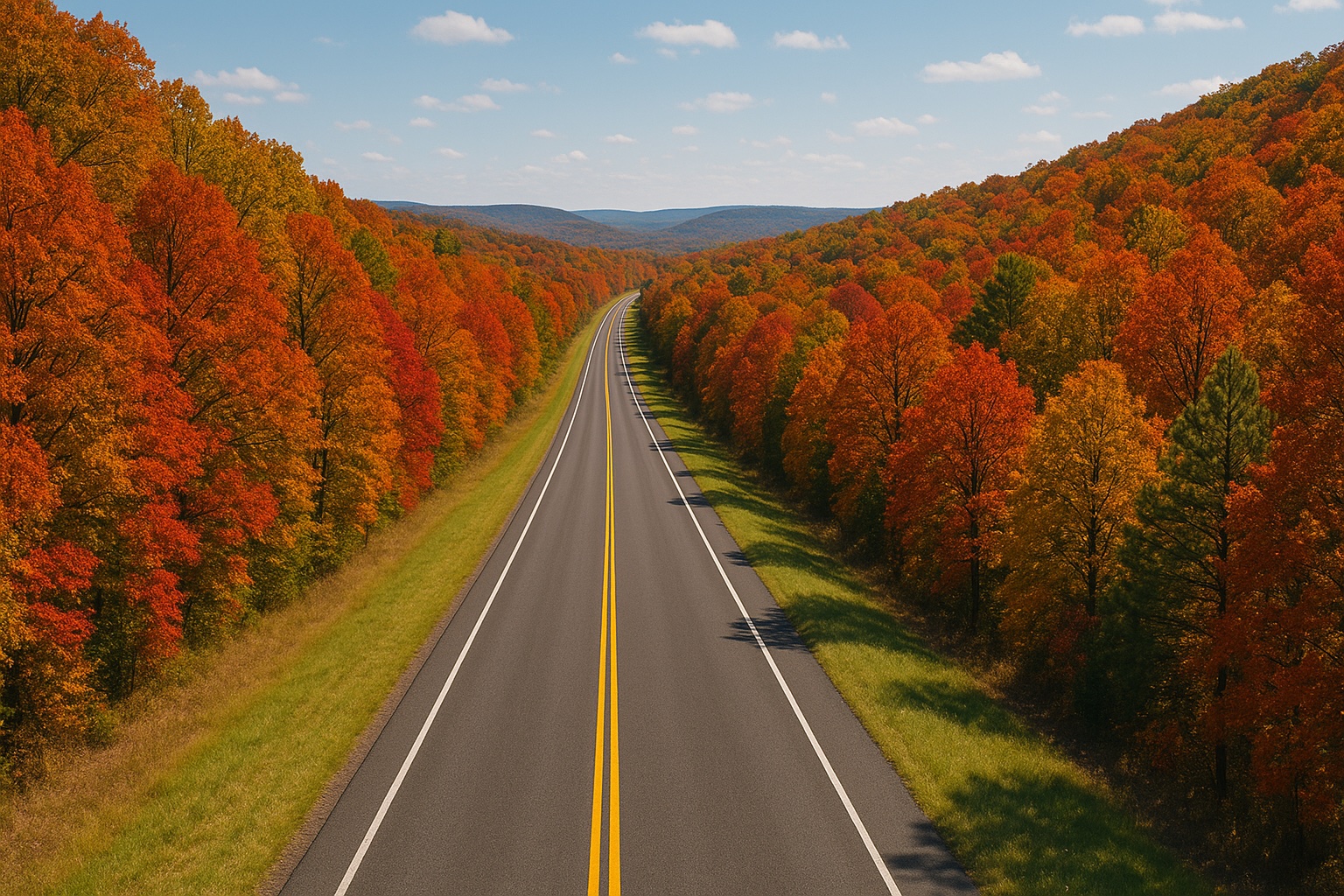LITTLE ROCK — Arkansas Department of Parks Heritage and Tourism released the annual tourism economic impact report along with the inaugural release of outdoor recreation economy data. In 2024, Arkansas welcomed 52 million visitors—a 2.6% increase over 2023—reflecting strong growth in the state’s visitor economy. According to the economic impact study released by Tourism Economics, these visitors spent $10.3 billion, marking a 4.0% increase from the previous year.
Factoring in an additional $7.1 billion from supply chain (indirect) and income (induced) effects, visitor activity generated a total economic impact of $17.4 billion, boosting businesses, creating jobs, and easing the tax burden for Arkansans.
“From beautiful rivers and lakes to world-class hiking and mountain biking trails, Arkansas is a fantastic place to visit – and the whole world is starting to find out,” said Governor Sanders. “Thanks to the Natural State Initiative – led by my husband Bryan — we are investing in our strengths, growing our outdoor economy, and establishing ourselves as the leading destination for year-round outdoor adventure. Today’s record-high tourism figures show that our strategy is working.”
To quantify the significance of the Arkansas visitor economy, Tourism Economics developed a comprehensive analysis of visitor spending and its total economic impact on businesses, employment, personal income and taxes. The Arkansas Department of Parks, Heritage and Tourism (ADPHT) utilizes the visitor economy measurements to make decisions that promote the industry’s development.
“Arkansas captivates travelers with stunning landscapes, wide range of outdoor recreation activities and genuine hospitality,” said Shea Lewis, secretary of ADPHT. “The Natural State’s year-round offerings not only drive visitation but also play a vital role in strengthening Arkansas’ economy.”
The study reveals a daily influx of $28.2 million in visitor spending, which sustains 71,633 direct jobs or 3.9% of all jobs in Arkansas. With an additional 31,034 jobs supported indirectly, the visitor economy was responsible for one in every 18 jobs statewide.
Food and beverage led all year-over-year spending categories at $3 billion, representing a 6.5% increase. Retail and recreation spending rose 5.8% and 4%, respectively. The short-term rental market contributed to a 3.3% increase in lodging spending. As gas prices eased, transportation spending managed a modest 0.6% increase in 2024.
This growth in visitor spending is closely tied to Arkansas’ expanding outdoor recreation economy. For the first time in the Agency’s history, we are releasing key outdoor recreation economic data along with tourism data because one thing unites Arkansas—its access to outdoor recreation that welcomes visitors from across the country.
According to the Arkansas Office of Outdoor Recreation (OOR), The Natural State’s strong outdoor recreation industry is anchored by innovation, strong community partnerships, as well as Arkansas’ manufacturing and logistics sectors.
The 2023 statewide economic impact data, compiled by ARData and the Bureau of Economic Analysis (BEA), show that outdoor recreation contributed $7.3 billion to the state’s economy and supported 68,000 jobs. At 2.5% of Arkansas’ total GDP, surpassing farming, outdoor recreation has grown 33% since 2019. That outpaces the national average of 27%. In 2023 alone, the industry grew by 8.2%, driven by a mix of legacy activities and innovations across the state.
While many states rely heavily on tourism and retail, 36% of Arkansas’ outdoor value comes from manufacturing, transportation, and warehousing. This industrial backbone makes the sector more resilient to economic disruptions, such as downturns in travel or seasonal fluctuations, and positions it for long-term sustainability. Manufacturing wages average $84,600 annually, over 20% higher than the state average. Arkansas ranks 4th nationally in GDP share from outdoor product manufacturing, reinforcing its strength as a stable and high-value component of the broader economy.
From 2019 to 2023, outdoor amenity construction grew by 52.7%, the fastest in the nation. Arkansas also recorded the third-largest growth in GDP from hunting, shooting, and trapping, and ranked 8th in growth from fishing-related activities.
“Arkansas’ outdoor recreation economy is a powerful driver of economic growth, generating billions in consumer spending annually while supporting thousands of jobs across rural and urban communities across the state. Outdoor recreation creates sustainable, year-round employment opportunities in manufacturing, supply chain, retail and hospitality industries while preserving the natural heritage that makes Arkansas such a special place to live and work,” said Jonas Crews of Heartland Forward, an Arkansas basednon-profit, policy think-and-do tank.
A new dataset developed with ARData allows the state to track outdoor employment by region in near real time. In 2024, Arkansas added more than 2,300 new outdoor jobs, bringing the total to 32,839, or 2.5% of all employment statewide.
With continued investment and cross-sector collaboration, Arkansas continues to lead in outdoor development, ensuring the industry remains a key driver.
Together, these reports underscore how Arkansas’ natural assets and economic strategy work hand in hand to draw visitors, support local economies, and shape a resilient future for communities across the Natural State.






